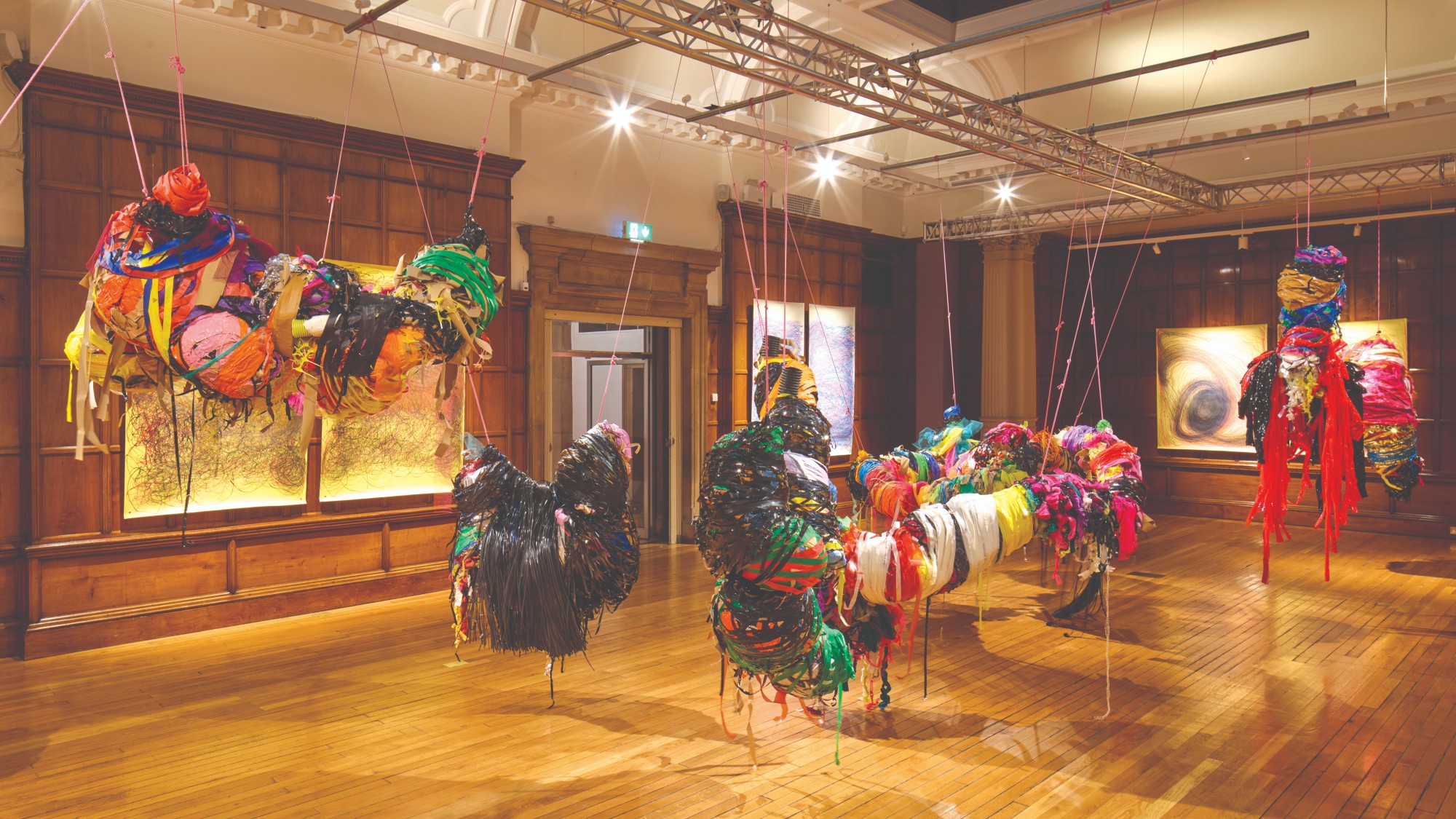Sake: Not just for sushi
These sakes can be paired with cheese, seafood, or even artichokes and asparagus.
Though sake’s popularity actually has started to dwindle in its native Japan, it’s more popular than ever here in the States, said Fred Tasker in The Miami Herald. “A major selling point for sake in America” is that, unlike wine, it’s sulfite-free. But what turns casual sippers into aficionados is the extraordinary flavors: Made by brewing fermented rice, sake can include “startling” notes of sandalwood, fennel, smoke, or minerals—as well as the savory sensation known as umami. You’ve probably had sake with sushi, but try one of the following with cheese, seafood, or even artichokes and asparagus—two vegetables that typically don’t marry well with wine.
Rihaku ‘Wandering Poet,’ Junmai Ginjo ($16)
This sake tastes of smoke, mushrooms, truffles, and bananas, making it a “match for a charcoaled New York strip.”
The Week
Escape your echo chamber. Get the facts behind the news, plus analysis from multiple perspectives.

Sign up for The Week's Free Newsletters
From our morning news briefing to a weekly Good News Newsletter, get the best of The Week delivered directly to your inbox.
From our morning news briefing to a weekly Good News Newsletter, get the best of The Week delivered directly to your inbox.
Kanbara ‘Bride of the Fox,’ Junmai Ginjo ($17)
This “dry, spicy” bottle reveals diverse flavors, from grilled nuts to white chocolate to citrus.
Takasago ‘Divine Droplets,’ Junmai Daiginjo ($33)
Light mineral flavors, as well as hints of bananas, vanilla, and peaches, make this sake a good complement to oysters, caviar, and foie gras.
A free daily email with the biggest news stories of the day – and the best features from TheWeek.com
-
 ‘Kast’s victory is a political and ethical earthquake’
‘Kast’s victory is a political and ethical earthquake’Instant Opinion Opinion, comment and editorials of the day
-
 Turner Prize 2025: ‘artistic excellence’ or ‘cultural nonsense’?
Turner Prize 2025: ‘artistic excellence’ or ‘cultural nonsense’?Talking Point Work by the four artists nominated for this year’s award is on display at Bradford’s Cartwright Hall
-
 Man vs Baby: Rowan Atkinson stars in an accidental adoption comedy
Man vs Baby: Rowan Atkinson stars in an accidental adoption comedyTalking Point Sequel to Man vs Bee is ‘nauseatingly schmaltzy’